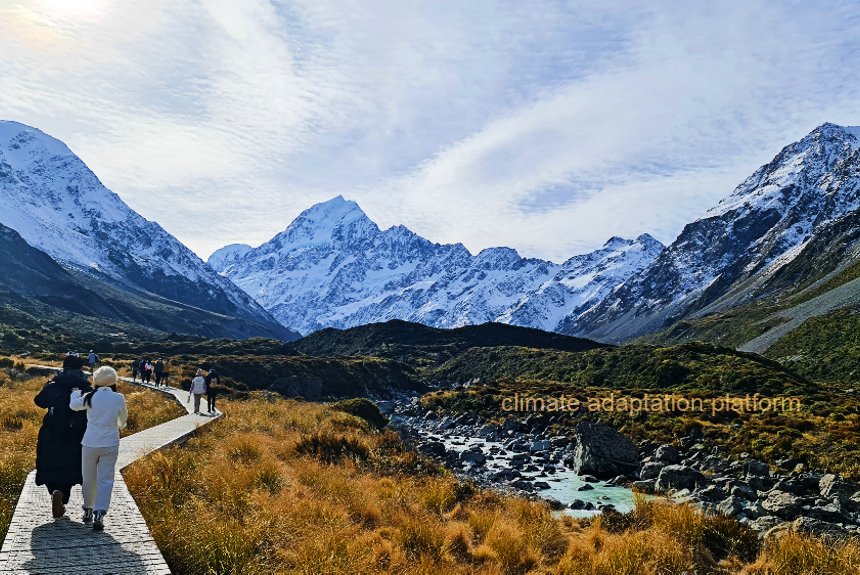New Zealand has been hit by the worst storm this century. Cyclone Gabrielle, which pounded most of the North Island in February, left catastrophic floods and landslides that displaced thousands of people, destroyed roads and infrastructure, and even killed one person in Remuera when the landslide crashed his house (Morton, 2023).
Cyclone Gabrielle also came at the heels of a devastating storm that hit Auckland just a month ago. The January 27 storm brought flooding and landslide, resulting in widespread damages.
Areas on the North Island’s East Coast also suffered numerous landslips, where extreme rainfall has become four times more common in recent decades, bringing up to 30% more moisture, according to a study.
Andrea Wolter, an engineering geologist at GNS Science, says that landslips are one of the country’s biggest and costliest hazards, costing the economy around NZ$300 million in yearly damages (Robson, 2022).
A study published in the journal Geomorphology on June 2023 finds that increasing the frequency and intensity of extreme rainfall under the highest levels of warming in New Zealand could trigger more landslides per storm.
Predicting where and when landslips will occur is challenging. It would take into account influencing factors like local geology, the slope’s steepness and angle, the properties of the slope material (type of soil or rock), surface vegetation cover, drainage, and whether there are buildings that can add load to the slope.
Combining these factors and the intensity and amount of rainfall can help understand and predict landslips occurrences in the future.
The study collected high-resolution satellite imagery of the vast areas of the North Island that were hit by storm-triggered landslides and compared it with the weather radar data from MetSErvice to assess the influence of various variables using a logistic regression model.
The study also considered the pre-event rainfall or prior rainfall that has dropped before the storm event as this increases soil moisture and sustained heavy rain, raising the chances of slope failure.
While it is well known that steep slopes present the highest landslide risks in areas of pasture-covered, weak sedimentary rock, North Island’s East Coast, the analysis shows the rainfall variable that significantly increases landslip susceptibility.
The authors find that once the 12-hour rainfall intensity exceeded the intensity corresponding to the 10-year recurrence interval by 25 per cent or more, the mean landslide density increased more than three-fold compared to lower rainfall intensities.
Their modelling also showed how forests reduce the landslide risk regardless of slope, rainfall and rock type, proving that the use of targeted tree planting can reduce landslips.
Source:
Hugh G. Smith, Andrew J. Neverman, Harley Betts, Raphael Spiekermann, The influence of spatial patterns in rainfall on shallow landslides, Geomorphology, Volume 437, 2023, 108795, ISSN 0169-555X, https://doi.org/10.1016/j.geomorph.2023.108795.
Morton, J. (2023, July 2). Study reveals how climate change could worsen NZ’s big landslide risk. NZ Herald. Retrieved from https://www.nzherald.co.nz/nz/study-reveals-how-climate-change-could-worsen-nzs-big-landslide-risk/W5T6CUNQEJAENHKQ4OJJP2L5LM/
Robson, S. (2022 , October 4). Slipping away: Can we keep fixing up after landslides? RNZ. Retrieved from https://www.rnz.co.nz/programmes/the-detail/story/2018861098/slipping-away-can-we-keep-fixing-up-after-landslides
Harrington, L. J., Dean, S. M., Awatere, S., Rosier, S., Queen, L., Gibson, P. B., … & Otto, F. E. (2023). The role of climate change in extreme rainfall associated with Cyclone Gabrielle over Aotearoa New Zealand’s East Coast.



Leave a Reply